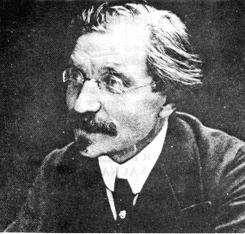I was casting about for an appropriate topic for my end-of-the-year blog. Since everyone, from The New York Times on down, was busily engaged in compiling a list of 2015’s most memorable moments, its highs and lows, I thought I’d follow suit -- but with a twist: I’d take stock of this year’s most memorable academic moments. Perhaps, just perhaps, something approximating a pattern, or, better yet, a theme might emerge, endowing this exercise -- much less 2015 -- with an internal unity, even a degree of symmetry.

What if I were to summon up some of the more arcane administrative forms that had to be filed and re-filed over the course of the year, or recall the buzzwords, those equally arcane phrases, that filled the air at faculty meetings and conferences? Maybe recounting the grammatical gaffes and fatal mis-spellings committed by my students as well as chronicling my own mis-steps in the classroom might yield a profitable insight or two?
Just as I was about to compile my list, a brand-new production of Fiddler on the Roof debuted on Broadway, and to glowing reviews. Before I could say “Tradition,” I found my subject. Good-bye to my top ten; hello, once again, to this evergreen of Broadway musicals.
Between last year and this one, we’ve studied Fiddler in class, tracked its provenance and explored every nook and cranny of its production history to the point where we seemed to have exhausted every conceivable angle.
Not quite; there’s more. That the new production takes place within the context of an international refugee crisis freighted this tale of dislocation with even greater plangency.
Its ongoing resonance extended beyond the Great White Way. In honor of the play’s revival, a prominent synagogue in New York actually integrated Fiddler’s lyrical “Sabbath Prayer” into a Friday evening service, where it was sung full-throttle by not one but two cantors.
Now that’s what I call symmetry -- and a fitting conclusion to the year.






